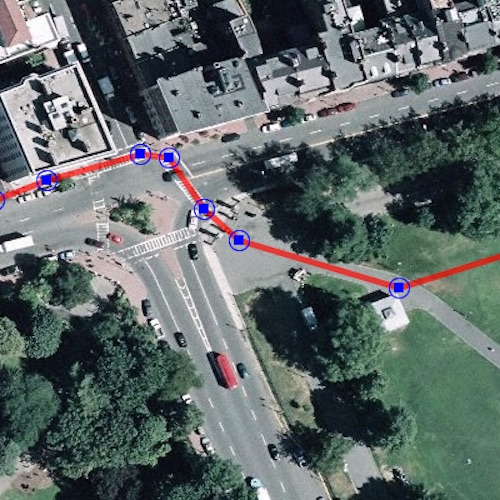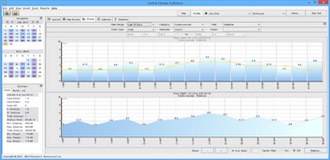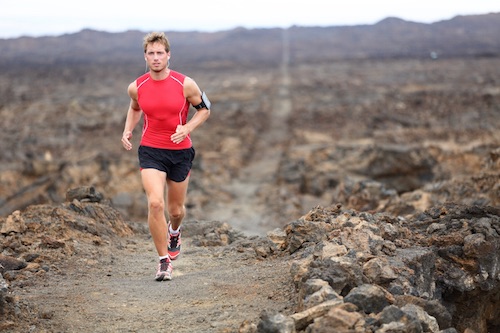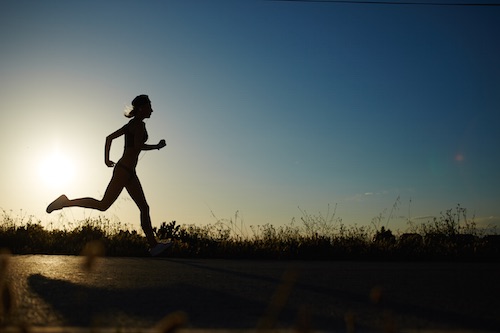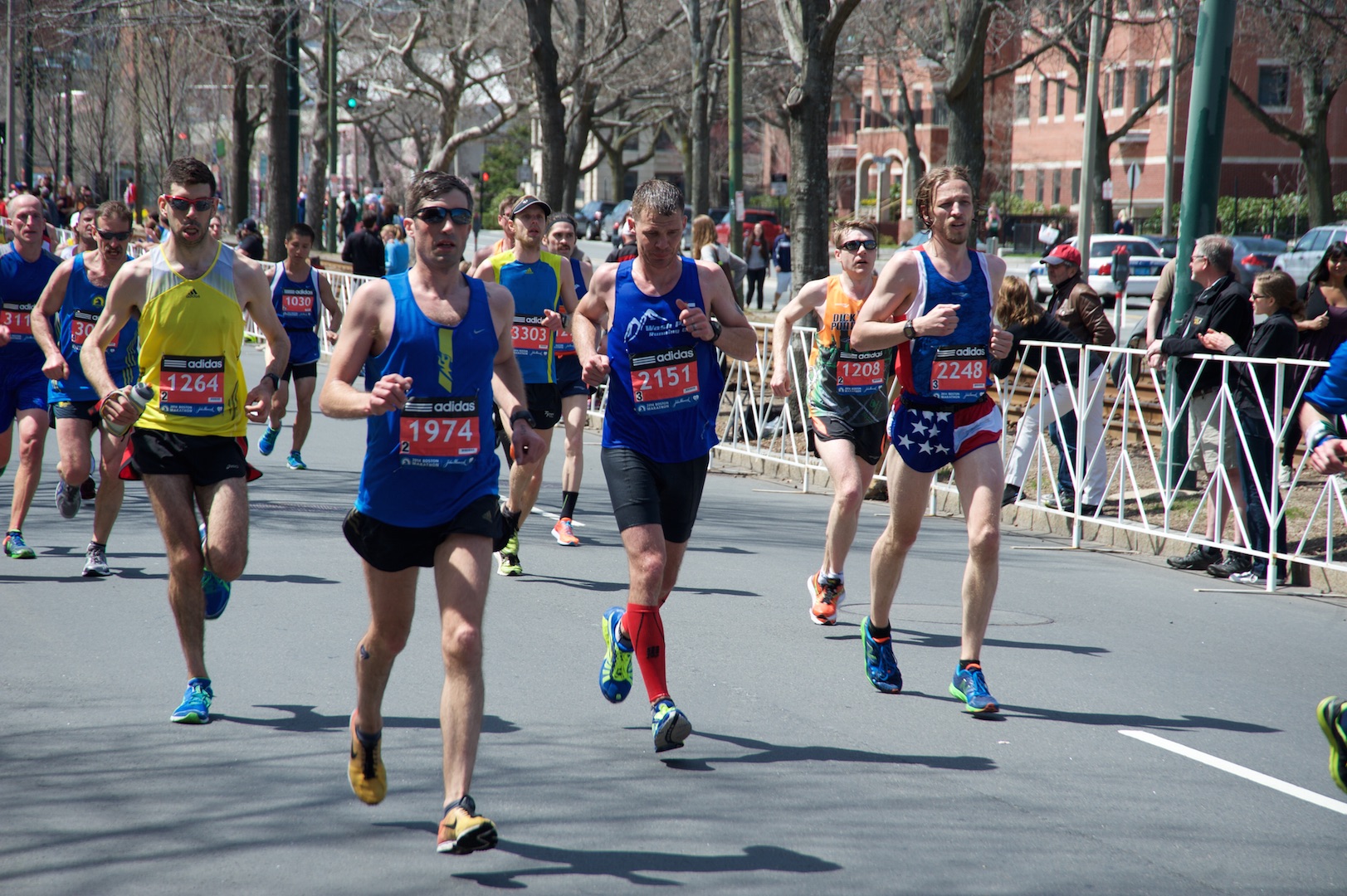How to start running. 7 steps for beginners.
Running is one of the greatest, original workouts. Our bodies actually are designed to do it, but it’s not easy getting started. Whether you’re a beginner or trying to start again, here are eight suggested steps to begin. 1. Before and after your workout, take take time to stretch out.…
What is the best way to get motivated to workout?
Most people are motivated to exercise when they achieve noticeable goals (like losing weight and looking better in the mirror), when someone else compliments them (especially someone they don’t know), or when they can visually see progress (like the changes since they started their exercise program). It helps to keep…
What should you look for in food and fitness software?
Studies prove keeping a journal or log nearly doubles the chance of reaching your goals and almost cuts the time in half. Almost all food and fitness tracking software is based on this. The concept is sometimes described as “self improvement by self tracking”. So first, does the software support…
What is a college cross country workout schedule like?
What is college cross country like? I have been running over 28 years, which includes eight years of varsity track between high school and college, plus coaching college cross country. At the college level, cross country is different from high school mainly because the races are longer (5.2 miles/8K versus…
Is it ok to workout late at night?
I’ve been running and weight training for over 28 years. In my opinion, it doesn’t matter when you workout. Exercise is great, any time of day. If you’re getting enough rest, your body feels good before and after training, and you’re able to perform your best, it’s okay to workout…
Should I wear sunscreen when running outdoors?
Since runners tend to be outside more, if you run during daylight hours, you definitely need to wear sunscreen. However there is valid, real concern sunblock can interfere with your body’s ability to sweat (and release heat) and may even block pores. It can also get in your eyes when…
